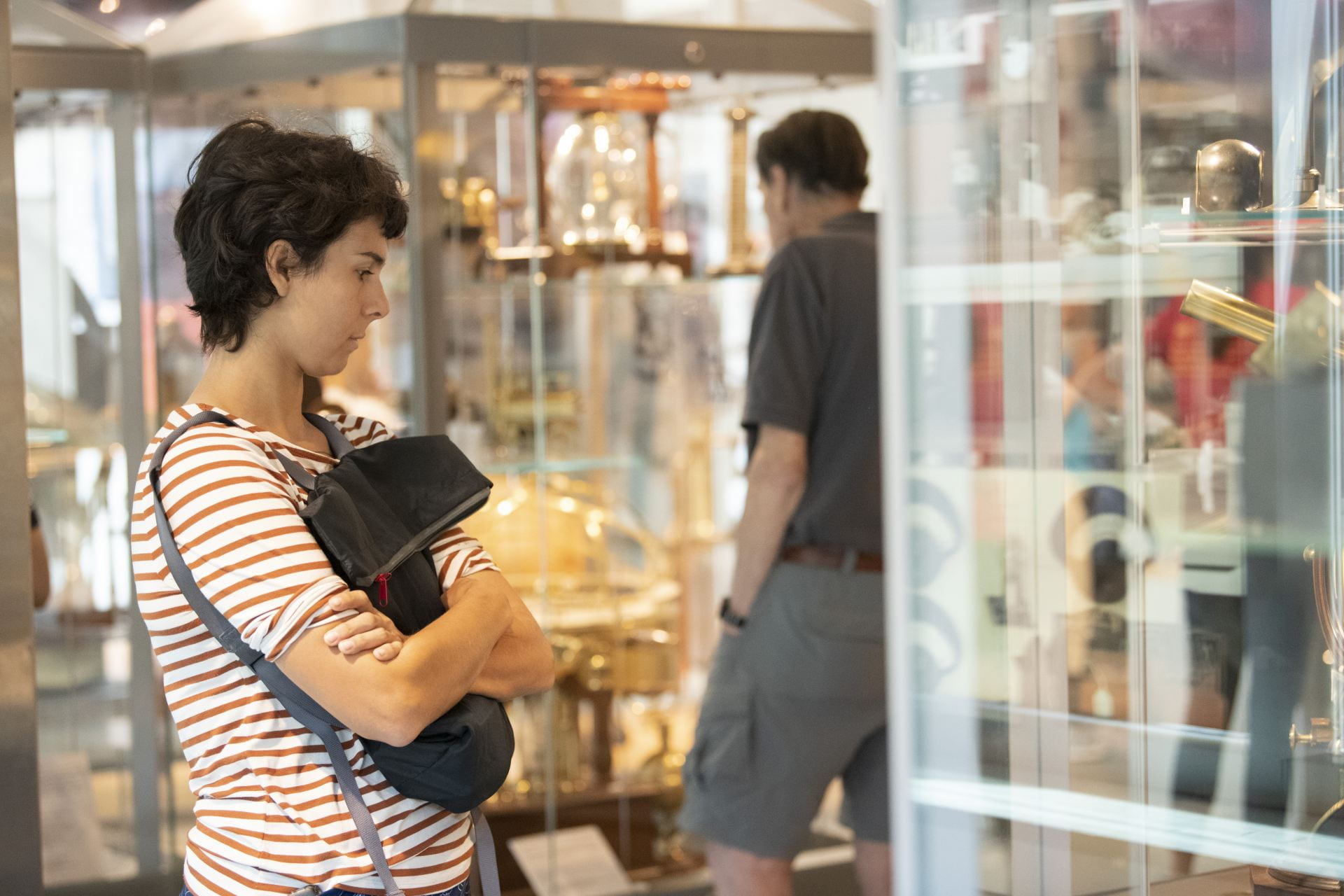These unlikely predators make their home in the Arthropod Gallery on October 24, 2025
Cambridge, Mass., October 22, 2025—Imagine a land-dwelling creature that resembles a caterpillar hunting with a glue gun.Meet the velvet worm, neither a worm nor a caterpillar, but a “living fossil” that has remained largely unchanged for 300 million years! Their closest relatives are arthropods, and their cousins are the ever-adorable tardigrades.
Velvet Worms: A Fierce Hunter with a Secret Weapon is a small-scale exhibit located in the Arthropods Gallery in the Harvard Museum of Natural History, curated byGonzalo Giribet, Professor of Organismic and Evolutionary Biology, Director of the Museum of Comparative Zoology (MCZ), and Curator in Invertebrate Zoology and Malacology in the Museum of Comparative Zoology. Professor Giribet’s primary research focuses on the evolution, systematics, and biogeography of invertebrate animals.
Visitors can enjoy stunning photographs taken by Professor Giribet of velvet worms from around the world, including the bright blue Peripatoides aurorbis from Aotearoa, New Zealand, the roly-poly Peripatus juliformis from St. Vincent, and the translucent Speleoperipatus spelaeus from Jamaica. Giribet describes his experience studying and documenting the lives of velvet worms, “It is a unique opportunity to do research in some of the most remote and beautiful forests around the world, as velvet worms often inhabit pristine moist forested regions in the temperate and tropical zone.”
Though velvet worms appear slow and almost cute, they are fierce nocturnal predators. In-gallery videos feature rare footage of velvet worms shooting glue-like slime to entrap their next meal. Velvet worms possess soft skin covered in papillae—tiny bumps lined with bristles sensitive to smell and touch. Like arthropods, velvet worms are covered with a layer of cuticle-like chitin, which they molt to grow. Visitors can see these traits up close in photographs and by viewingpreserved specimens from New Zealand, Panama, Papua New Guinea, South Africa, Costa Rica, and more locales.
Giribet and his team discovered a yet-unnamed Eoperipatus velvet worm in Singapore in 2025. An oversized, 3D tactile model of this velvet worm— from a CT scan— takes center stage in the exhibit. Through interacting with the model, visitors will come away with a new appreciation of the velvet worm’s unique structure and biology.
Another in-gallery video spotlights research from Dr. Giribet and MCZ colleagues, examining how velvet worms colonized diverse environments while changing little over time.Harvard scientists are currently studying velvet worms’ genetics, genomes, and biogeography in the Caribbean to discover how these creatures dispersed despite being unable to cross saltwater.
As a bonus, visitors to the museum can explore a display of bird photographs taken by Professor Giribet, on view in the museum’s lobby.
The exhibit is supported in part by a collaborative National Science Foundation grant between Gonzalo Giribet of Harvard University and Gustavo Hormiga of The George Washington University.
About the Harvard Museums of Science & Culture
The HMSC mission is to foster curiosity and a spirit of discovery in visitors of all ages by enhancing public understanding of and appreciation for the natural world, science, and human cultures. HMSC works in concert with Harvard faculty, museum curators, students, and members of the extended Harvard community to provide interdisciplinary exhibitions, events, lectures, and educational programs for students, teachers, and the public. HMSC draws primarily upon the extensive collections of the member museums and the research of their faculty and curators.
History
The Harvard Museums of Science & Culture (HMSC) partnership was established on July 1, 2012, by former Edgerley Family Dean of the Faculty of Arts and Sciences, Michael D. Smith, to develop a strong, coordinated public face for the six research museums that are within the Faculty of Arts and Sciences at Harvard:
See hours and admission rates on each of the HMSC museum websites:
- Collection of Historical Scientific Instruments
- Harvard Museum of Natural History
- Harvard Museum of the Ancient Near East
- Peabody Museum of Archaeology & Ethnology
Press contact:
Bethany Carland-Adams
Public Relations Specialist
Harvard Museums of Science & Culture
617 959 3481
bcarlandadams@hmsc.harvard.edu
